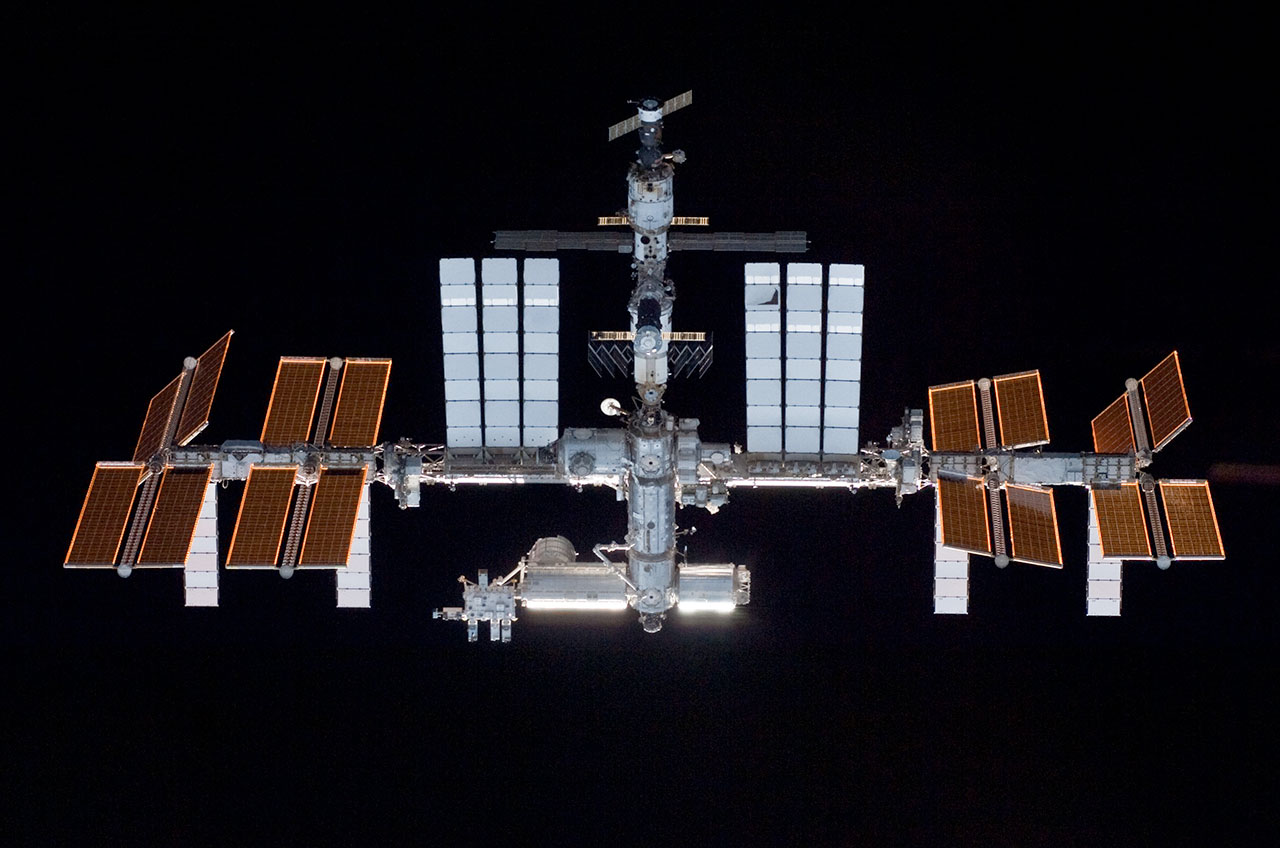The Buzz on Satellite Orbits
In coming years, constellations composed of big numbers of little, much less complicated, and less expensive satellites are likely to come to be gradually more cost-effective about constellations composed of handful of large, much more intricate, as well as much more pricey satellites. Activity here, which is currently clearly visible in commercial room, is the outcome of a variety of aspects, including proceeded improvements in the miniaturization of computer systems, sensing units, and various other innovations as well as, a lot more significantly, reductions in room launch expenses.
Because launch prices presently account for a much greater share of total lifecycle expenses for small, much less pricey satellites than for big, expensive satellites, these decreases are likely to improve the overall cost-effectiveness of the former more than the latter. The dispersion of space properties among big constellations of tiny satellites also provides an essential ways of complicating a prospective opponent's job of striking space-based possessions.
Extra compelling is the opportunity small-satellite capacities provide as a way of comprising a significant war time book. Taken together, recent and also predicted patterns in business constellation style, miniaturization, launch costs, and anti-satellite abilities fall short of sustaining a remarkable near-term reorientation of U.S. space capabilities. Nevertheless, those fads do recommend that currently is an appropriate time for the U.S.
Specifically, they need to: Dedicate to the growth as well as release of one or more constellations composed of lots of small and also relatively low-priced http://www.bbc.co.uk/search?q=small and mini satellite satellites, consisting of using held or specifically customized hauls on dispersed constellations of tiny commercial satellites, in order to gain greater experience with the operation of such constellations.
The 5-Second Trick For Satellite Providers
Offer better support for the development of extra effective and also affordable area launch cars-- specifically little launch cars-- as well as an extra active and also survivable space launch capacity. Entirely, carrying out these recommendations would likely call for half a billion dollars a year initially, growing to possibly $1-2 billion every year within five years.
And also such an expense would put the U.S. army and intelligence neighborhood in a far better setting to successfully react to and manipulate modifications in the room atmosphere driven by renovations in small satellite capabilities-- whether those adjustments, eventually, end up being extra transformative or revolutionary in nature. The UNITED STATE
. These satellites generally take years to establish as well as generate, and-- largely due to their high cost-- can be changed just after lots of years in solution. Increasingly, some doubters have argued that the UNITED STATE armed force should move far from this design toward one that makes better usage of much larger constellations composed of smaller, much less complex, and much less capable satellites that are separately less expensive however, currently, have proportionally greater launch expenses.
It shows the U.S. military's conventional approach to satellite development. (U.S. Flying Force Flickr) The capacity for such a shift is driven by historical as well as predicted patterns in a number of areas, including the miniaturization of electronics, computing, as well as various other innovations connected to satellite layout and reductions in launch expenses (especially expenses associated with little launch cars).
About Satellite
Patterns in the industrial satellite market additionally suggest a growing function for tiny satellites deployed in large constellations Moreover, some experts suggest that as potentially considerable as the benefits of such constellations remain in peacetime, their advantages expand a lot more obvious when war time factors to consider are taken into consideration. Over the past several decades, gauged by the number as well as sorts of anti-satellite (ASAT) capabilities had by possible UNITED STATE
space-based properties has grown considerably. Those that support approaching greater use small, much less pricey, and also much less complex satellites say both that big constellations of such satellites would be naturally a lot more survivable in war time as well as that they could cost effectively as well as swiftly be increased or restored, as needed, to fulfill wartime operational demands.


No technique to satellite or constellation design is danger or cost-free-- all have staminas and weak points, and all require tradeoffs as well as potential chance expenses. In addition, also where the direction of future fads might appear fairly clear, the rate is less specific. While not component of a Division of Protection goal, the Nanoracks Cubesats envisioned over depicts the dramatic reduction in satellite size compared to more typical, bigger satellite designs.
army and knowledge community of the traditional method to satellite and constellation design as well as a space design that would involve higher reliance on big constellations of tiny satellites. The goal is not to offer clear-cut responses on the particular shape of future UNITED STATE satellite financial investments as well as application. Instead, the objective of this analysis is to raise the level of discussion and also discussion concerning how technical patterns as well as other factors to consider are likely to influence the relative toughness of these 2 strategies in coming getsat.com/global-xpress/ years.
